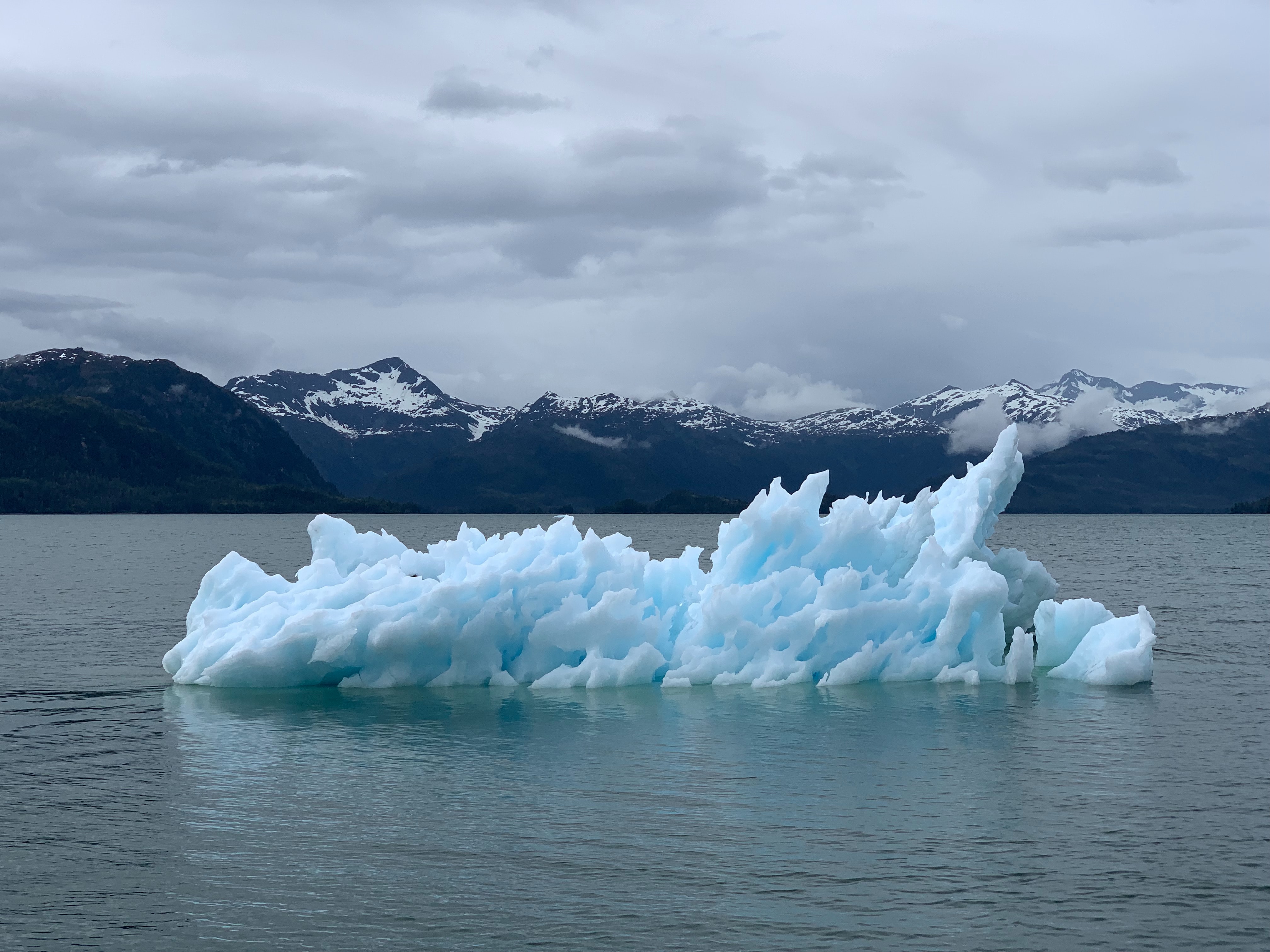Media Release
From: Springer NatureBiology: Arctic sea ice loss may facilitate disease spread in marine mammals
Arctic sea ice reduction due to climate change may allow pathogens infecting sea mammals to spread more regularly between the North Atlantic and North Pacific oceans, according to a study published in Scientific Reports. Shifts in the environment, such as loss of sea ice, may drive exposure to new pathogens by altering animal behavior and opening up water routes that allow for contact between previously distinct populations.
Phocine distemper virus (PDV) caused extensive mortality in harbour seals in the North Atlantic in 1988 and 2002, and was confirmed in the North Pacific in 2004. Tracey Goldstein and colleagues investigated the timing of PDV introduction into the North Pacific, the risk factors associated with its emergence and patterns of transmission. The authors used data on PDV exposure and infection in ice seals, steller sea lions, northern fur seals and sea otters, as well as animal movement data, collected between 2001 and 2016.
They found widespread exposure to and infection with PDV in sea mammals in the North Pacific in 2003 and 2004, with over 30% of animals testing positive for the virus. PDV prevalence then declined in the following years until peaking again in 2009. The chances of viral infection were 9.2 times higher in animals sampled in 2004 and 2009 relative to other years. This was associated with the presence of open water routes in 2002, 2005 and 2008, detected using satellite imagery.
The findings provide evidence for widespread exposure to and infection with PDV across the North Pacific Ocean starting after 2002, viral transmission across multiple marine mammal species and peaks of PDV exposure and infection following reduced sea ice. Opportunities for pathogens to cross between the North Pacific and North Atlantic oceans may become more common as Arctic sea ice continues to decline.


